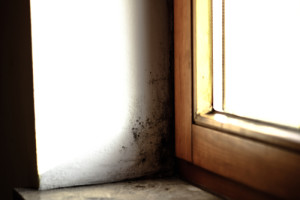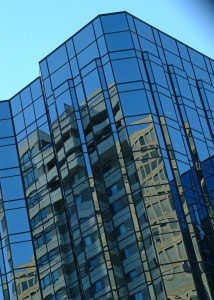What NJ Parents Need to Know About Hidden Mold and Allergies

What Parents Need to Know About Mold to Protect Their Family
You wouldn’t feed your child moldy bread, but you may be letting them play around moldy surfaces without realizing it. With so much focus on understanding children’s allergies, it’s worth recognizing that about 1/3 of kids are allergic to mold.
Here’s what you should know about the prevalence of the problem and when to get NJ mold removal.
Mold Allergies Are Extremely Common
Food allergies get a lot of public attention, but mold is the second most common allergy in children after pollen. A child can be affected even if neither parent has similar issues. Watch for difficulty breathing, running nose, and other respiratory symptoms.
Be Aware of Indoor and Outdoor Mold
Outside mold grows heavily from spring through fall. Going apple picking or taking a hayride? Activities like those may be major triggers.
Being indoors does not make anybody safe from mold. You don’t need a leak or flooding problem to be concerned, because mold grows year-round indoors as long as there’s humidity present.
Take Action: Prevention and NJ Mold Removal Services
The best ways to protect your family from mold-related illnesses and allergy symptoms include:
– Use dehumidifiers for damp rooms
– Run bathroom fans for an extended period after showers
– Replace carpet with hard surfaces if possible
– Take care of plumbing leaks, dripping AC drain lines, and other moisture issues
Cleaning mold yourself can be hazardous and may exacerbate the problem. Know when to call for NJ mold removal!
Stern Mold uses a safe, EPA-registered cleaning agent and a scientifically advanced sealant that prevents mold growth even in troublesome spots. Contact us today for a free inspection and quote.


